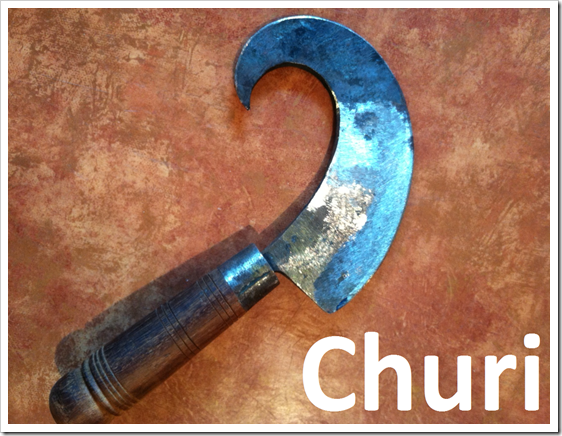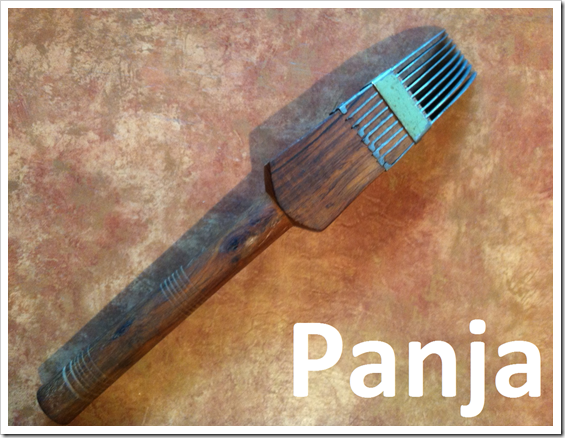This post is the third in our series Making a Real Difference. To catch up on what this series is about – check out the first post here: An Introduction to the Rug Program and From Sheep to Wool.
Yesterday we left off with our wool ready, the design drawn, and the talam written.
Now – we’re ready for the fourth step in the Life Cycle of a Fair Trade Rug, the hand knotting!
Step Four: Hand Knotting
First, the artisan starts with the backbone of the rug, the warp. Dependent on the type of rug being made, the warp is constructed of cotton thread or wool thread. The warp is usually created in the village center or house courtyard. By foot, motorcycle or bicycle, it is then transported to the individual knotter's home.
There the warp is set on the loom and pulled very taut, like guitar strings. Each warp has a front set of threads and a back set. When put on the loom, these are separated.
The looms are located inside the rug knotters' homes. This gives increased opportunity for women to work. For example, below is Parveen. After a leg amputation, Parveen began working for the rug program and is now able to support her three children.

An expert knotter can knot approximately 40 knots per minute. One knot is tied at a time and cut as evenly as possible with the churi (knife), and then the next knot is made.
The churi is crafted in such a manner that the top "crook" adds the extra weight for easy cutting. This "crook" is blunt and is used to do the first pounding of the knots. The knotter knows the order of the knots either by reading from the talam or from memory.

When one row of knots is completed, a weft thread is shuttled through the carpet and pounded into place by the panja, a comb-like tool.
The warp threads are then shifted and another weft thread is shuttled through. Each row is then trimmed to keep the pile as even as possible which is necessary for good washing.

Knotting now continues in the next row. Usually a rug is both begun and finished with a small kilim (flat-woven) end. This is just a way of fastening the weft thread into the warp and adding extra protection to the ends of the rug.
Depending on the size of the rug, it can take anywhere from a few months to a few years to complete a rug, with anywhere from 1 to 5 members of a family knotting the rug at once. For example, a 9 x 12 Persian Rug that has 500 knots per square inch would take 5 people working side by side for 6 hours a day, 1 year and 2 months to complete!
So now that the rug is completed, it’s journey is only halfway finished!
NEXT TIME…
In our next post we’ll learn about how rugs are “finished”, a seven step process that will definitely surprise you!
One World Market will be hosting a rug event this year from: Wednesday, August 22nd through Sunday, August 26th.
Please let us know if you have any questions!




No comments:
Post a Comment